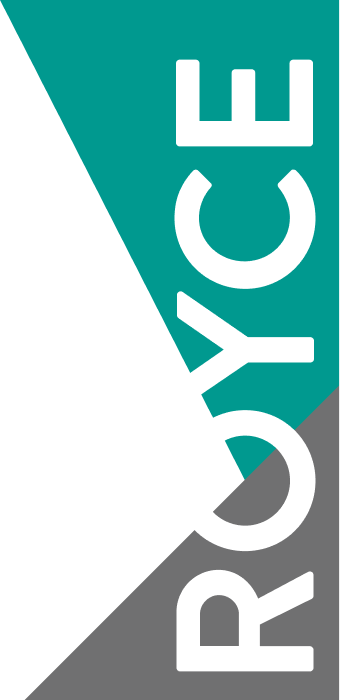About the webinar
The contour method is a technique for destructively quantifying the residual stress in metallic components stemming from processing inputs. While the requirements for employing this technique are fairly minimal as it often requires only electro discharge machining and metrology facilities, the experimental and analysis aspects are non-trivial. In this presentation, the experimental aspects which need to be considered as well as analytical paradigms will be described. This will include fundamental aspects of electro discharge machining, metrology protocols for both coordinate measurement machines and laser profilometry and their potential impact on the final result obtained. These will be discussed within the context of accepted analysis routes as they apply to current challenges in residual stress quantification. Specifically, the challenges which are presented by components with very high levels of compressive residual stresses, with non-rectangular cross-sections and arbitrary shapes which are common in the additive manufacturing industry.
About the Speaker
Dr. Matthew Roy is a Senior Lecturer in Materials for Demanding Environments at the University of Manchester. His principal research interests are advanced manufacturing and materials processing, linking processing methodology to the in-service life of resulting components. He has co-authored 80 interdisciplinary publications with a particular focus on the quantification of residual stress and its sources, predominantly employing the contour method to do so. Incremental metal forming, casting, welding, additive and other near-net shape manufacturing methods involving thermomechanical processing are of keen interest, applying both experimental and computational modelling to improve their practice and the resulting components.
About EASI-STRESS
The EASI-STRESS project has the overall aim to strengthen industrial access and uptake of non-destructive synchrotron x-ray and neutron diffraction-based residual stress characterization tools by validation against accepted destructive techniques and development of protocols, in close collaboration with industry.
January 19 2024



